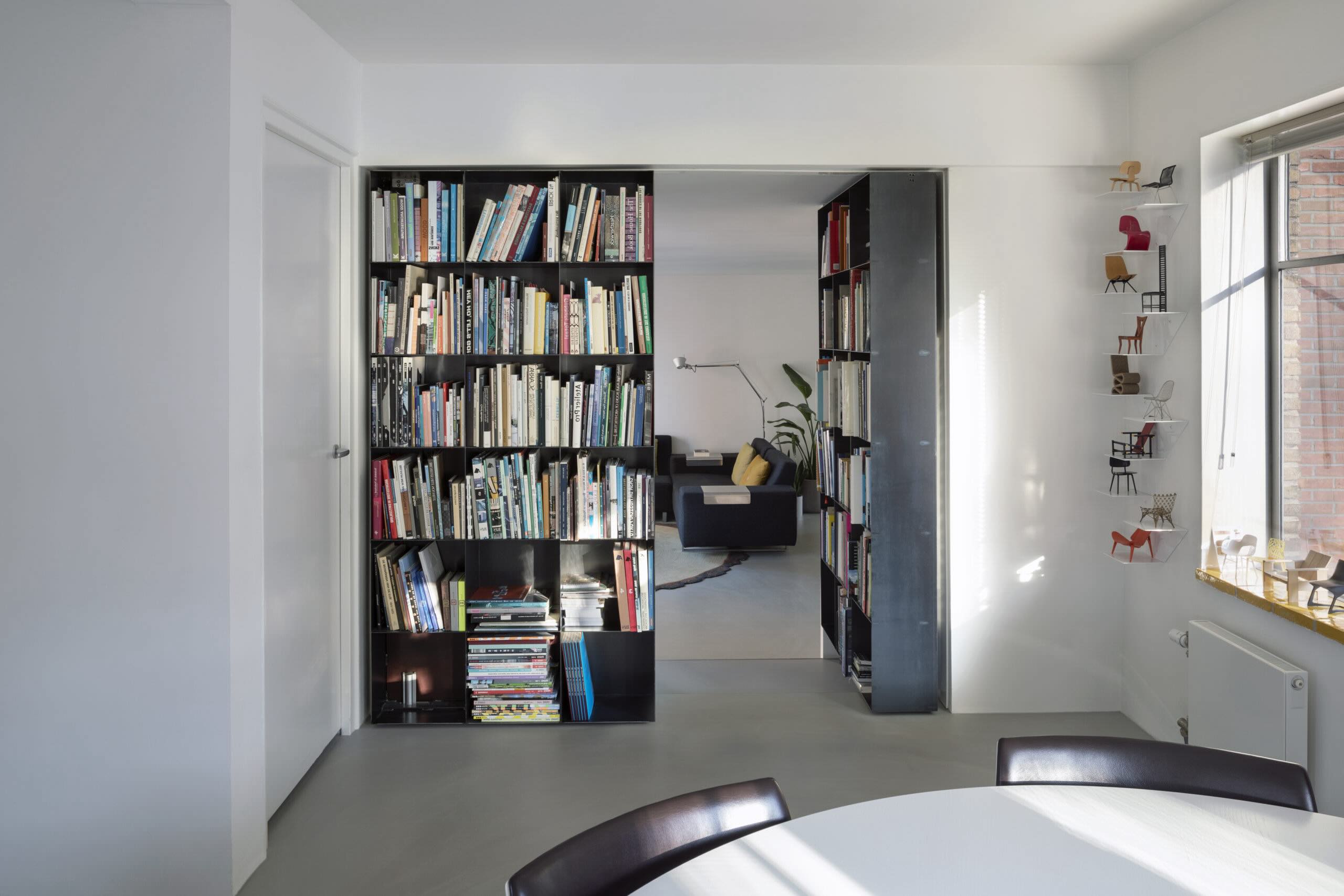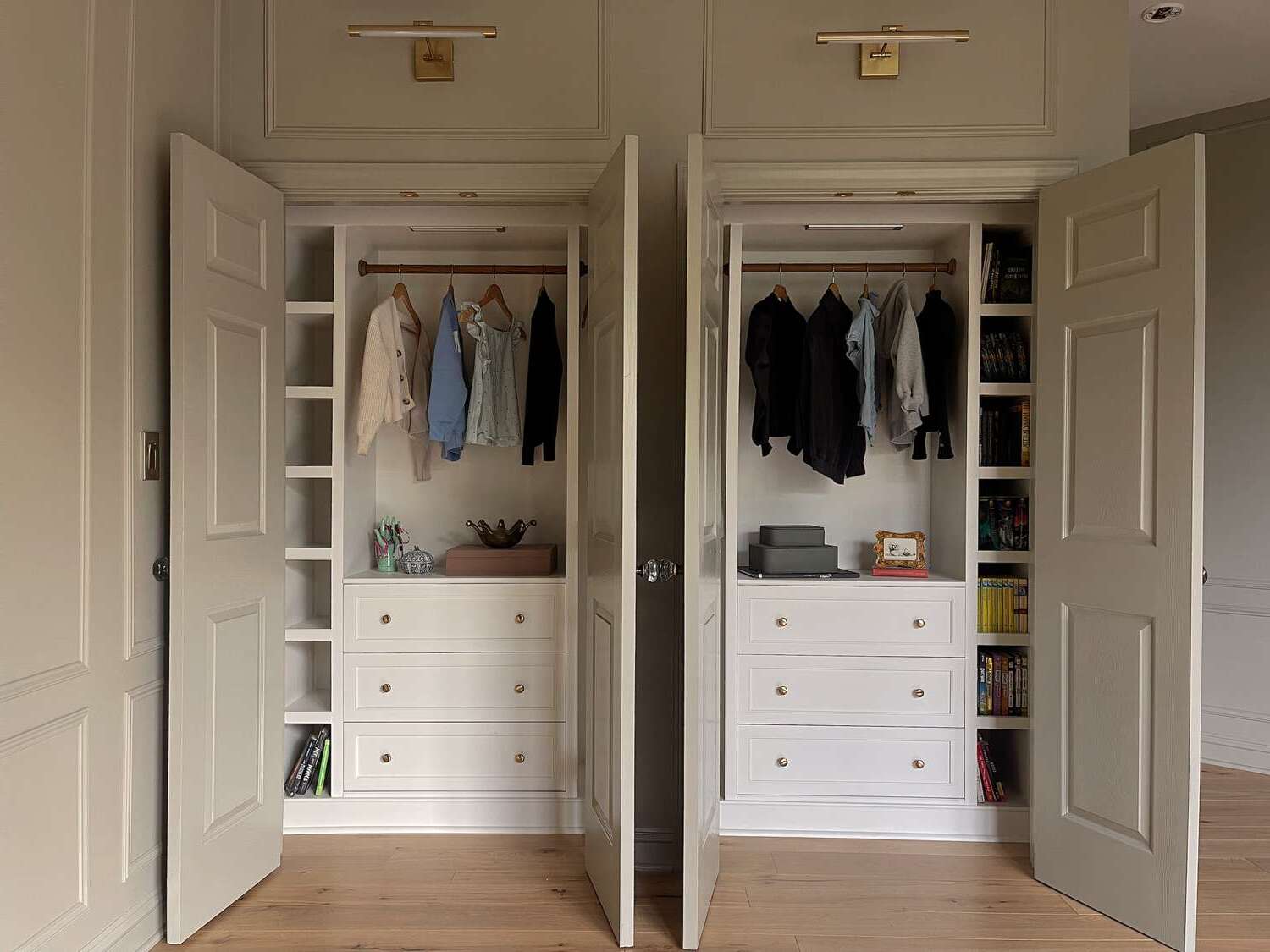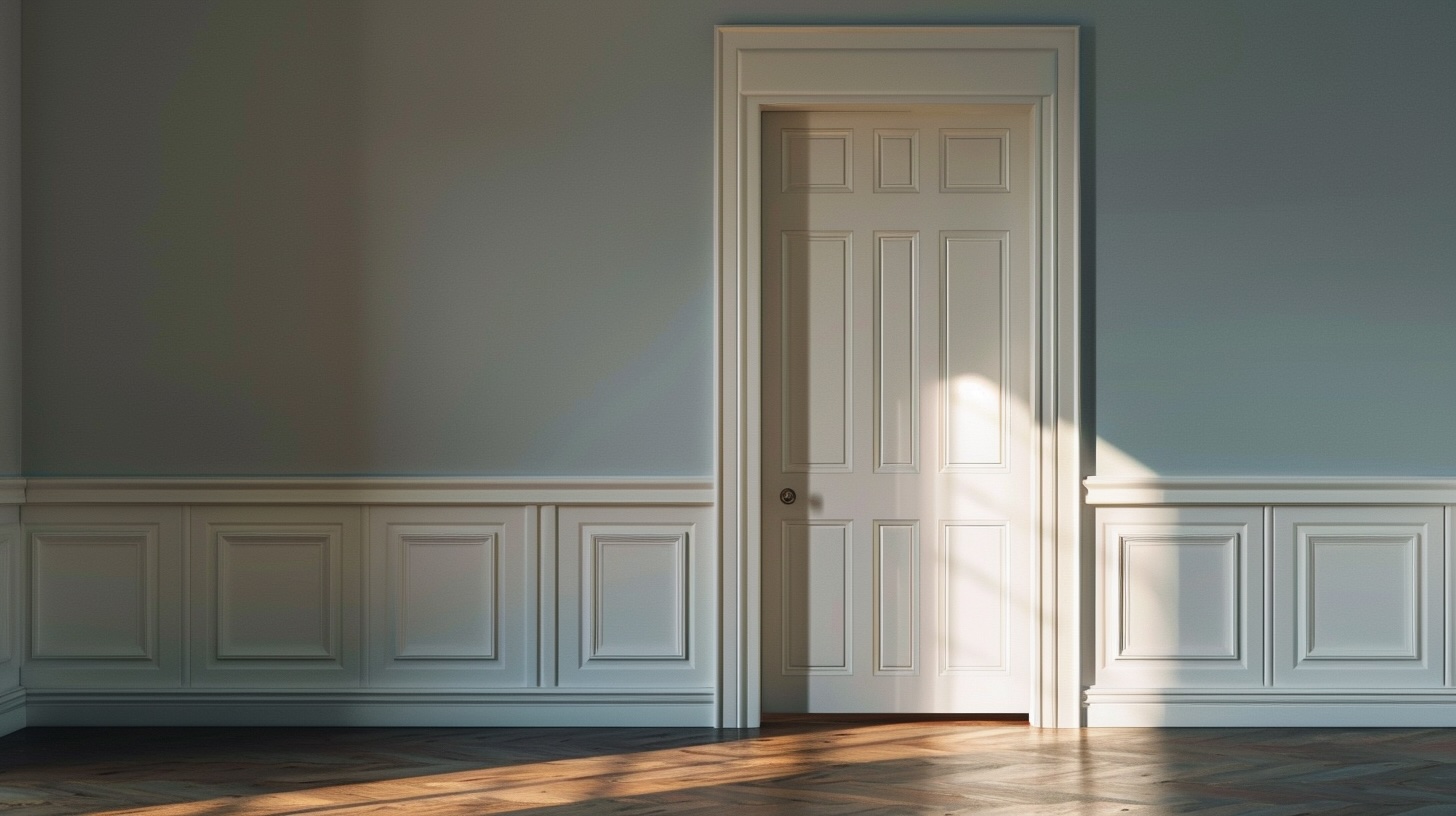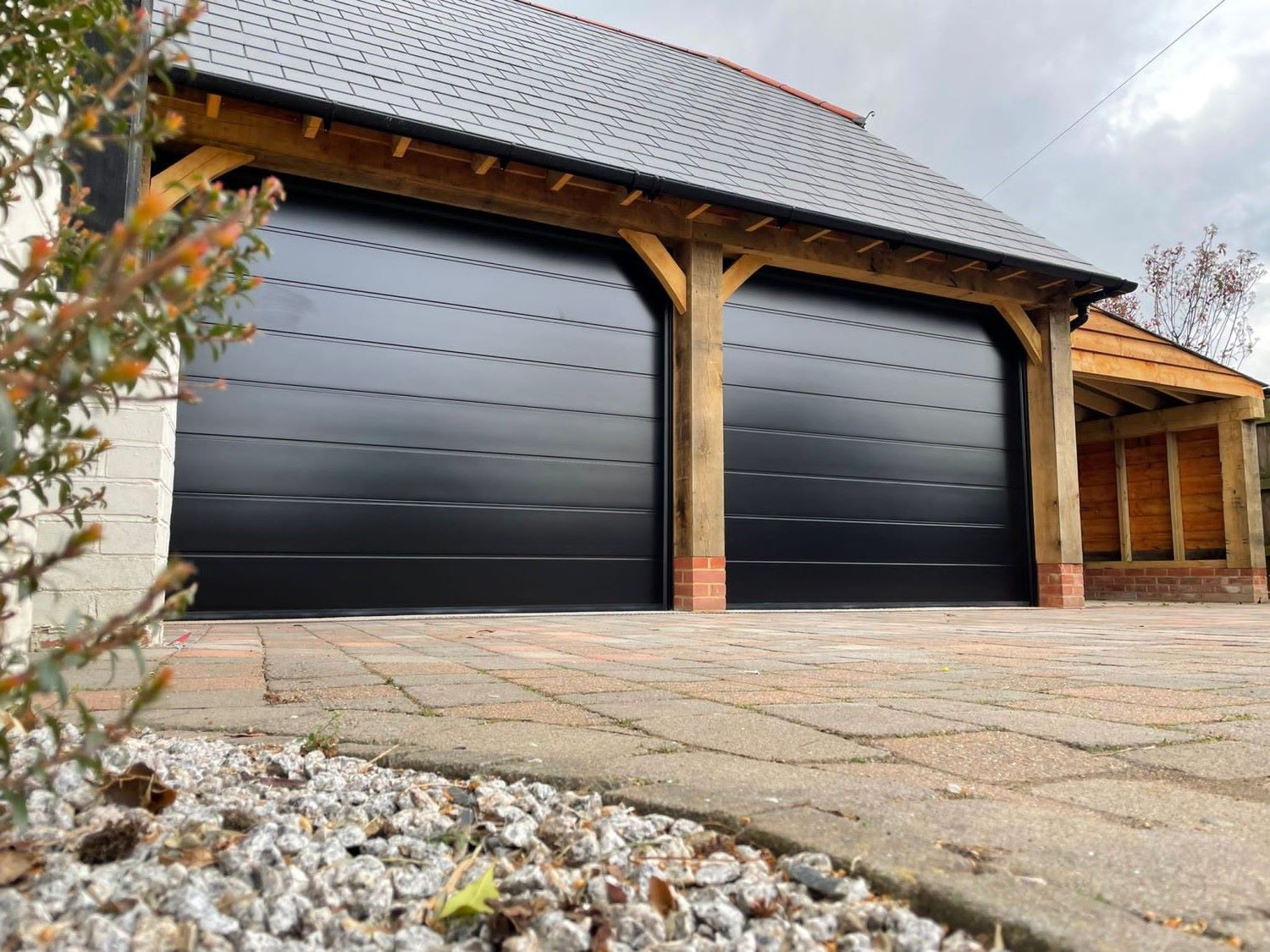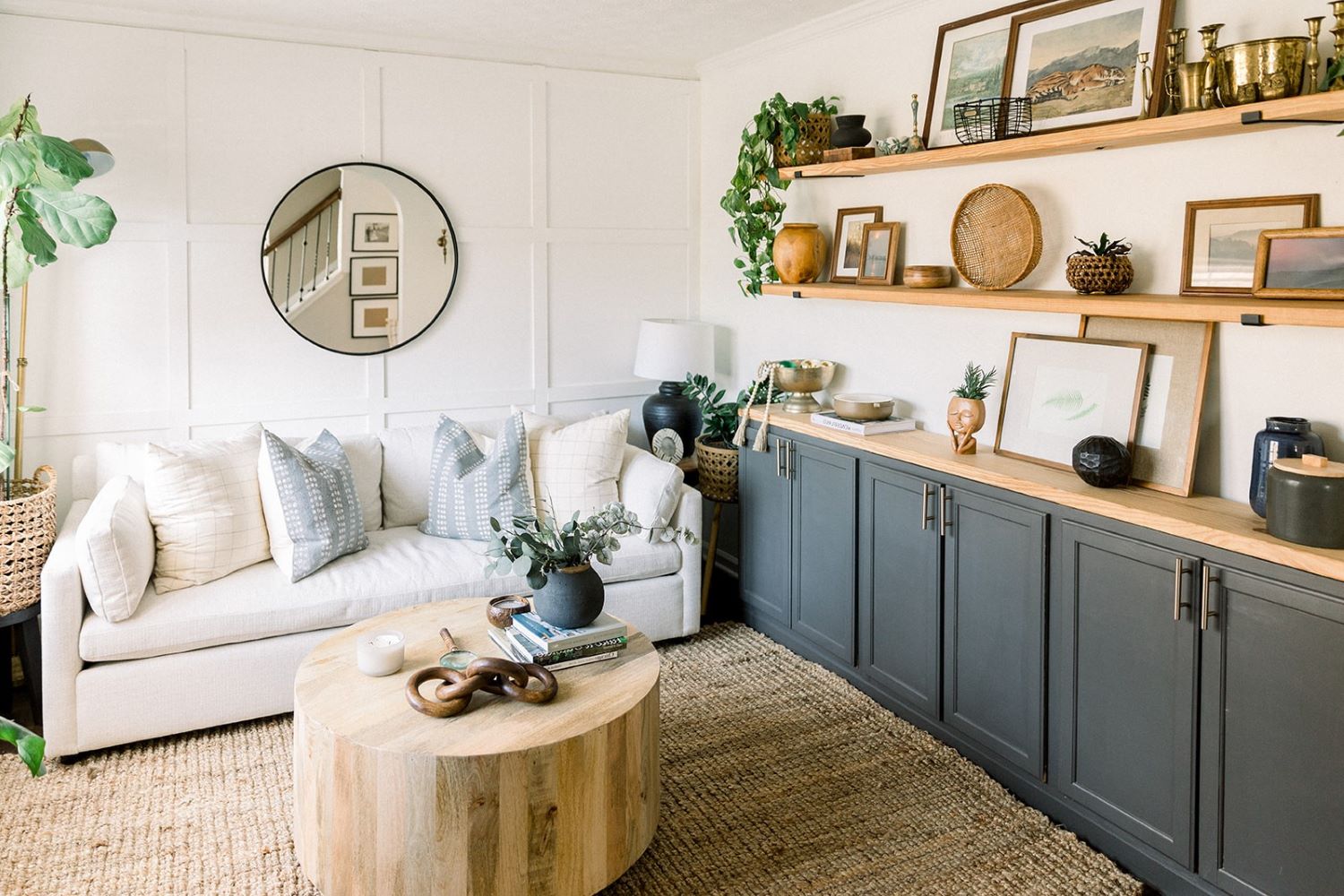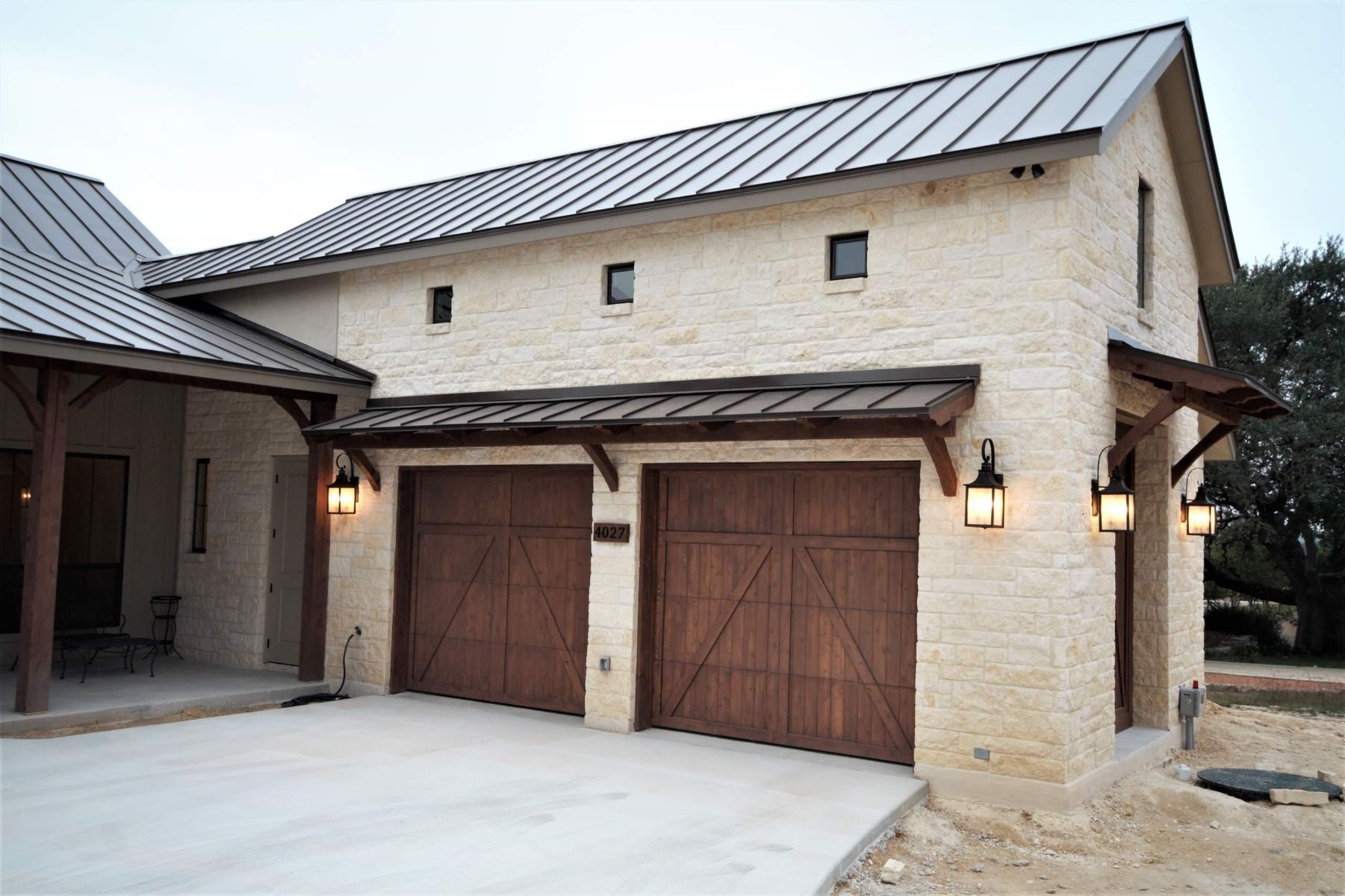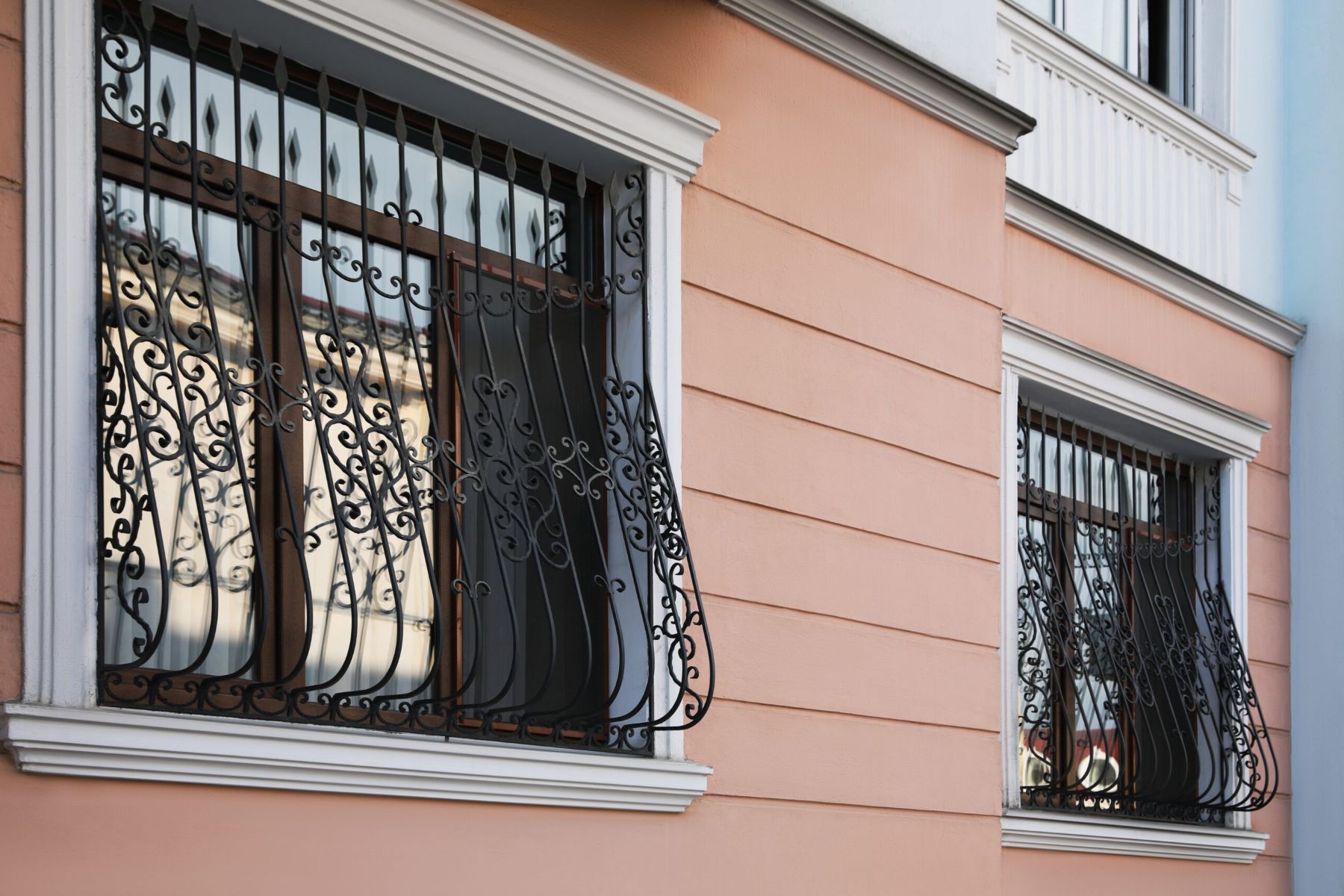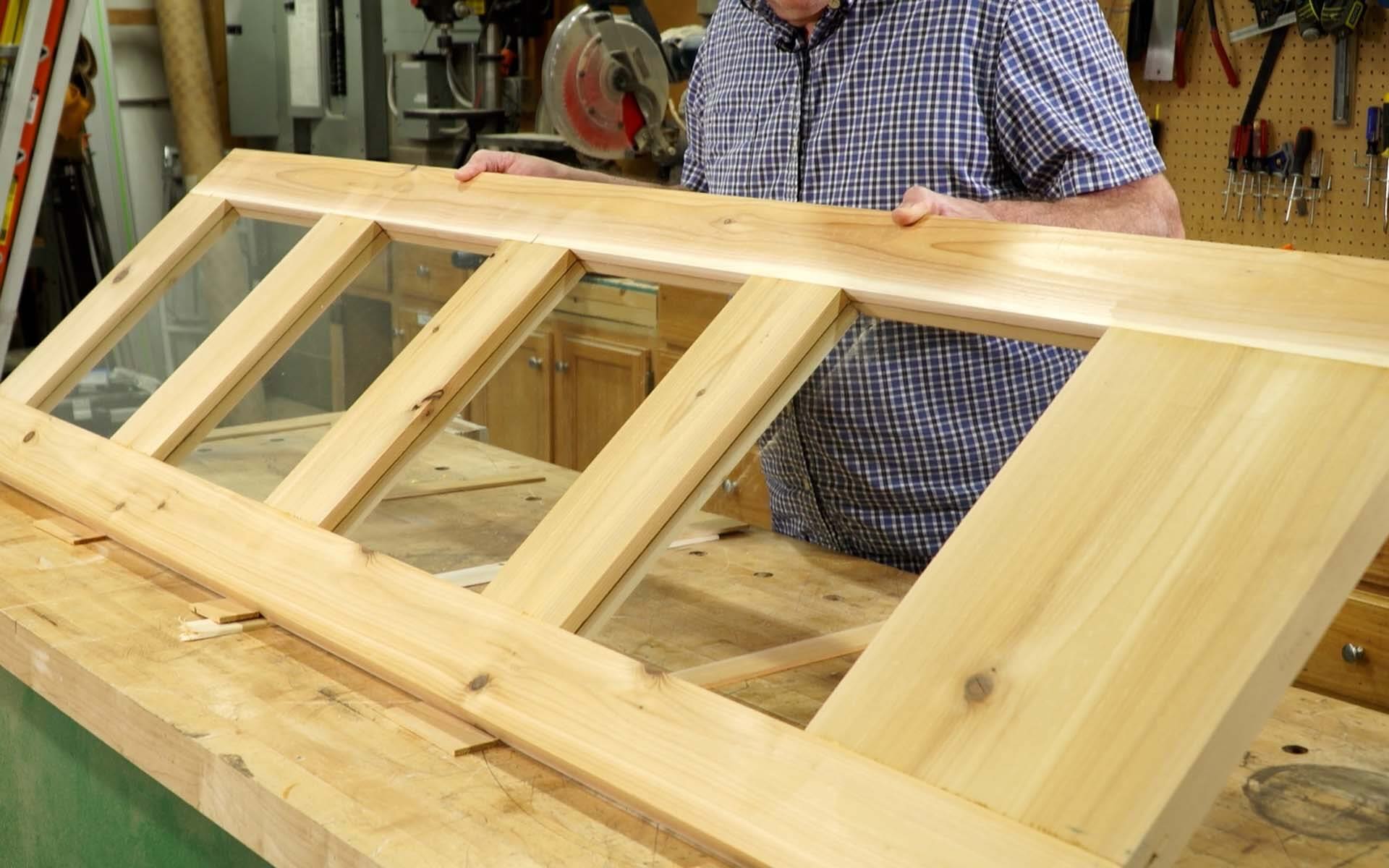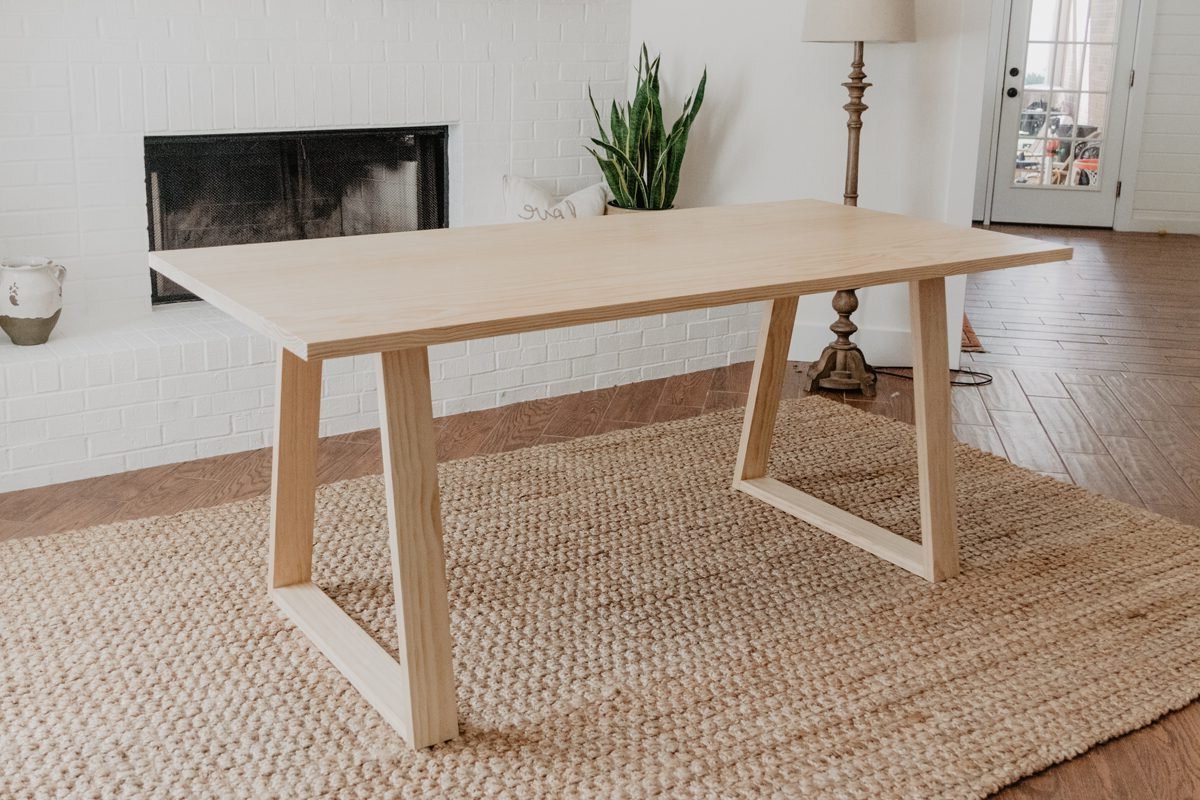Home>Create & Decorate>DIY & Crafts>DIY Bookcase: Step-by-Step Guide To Building Your Own
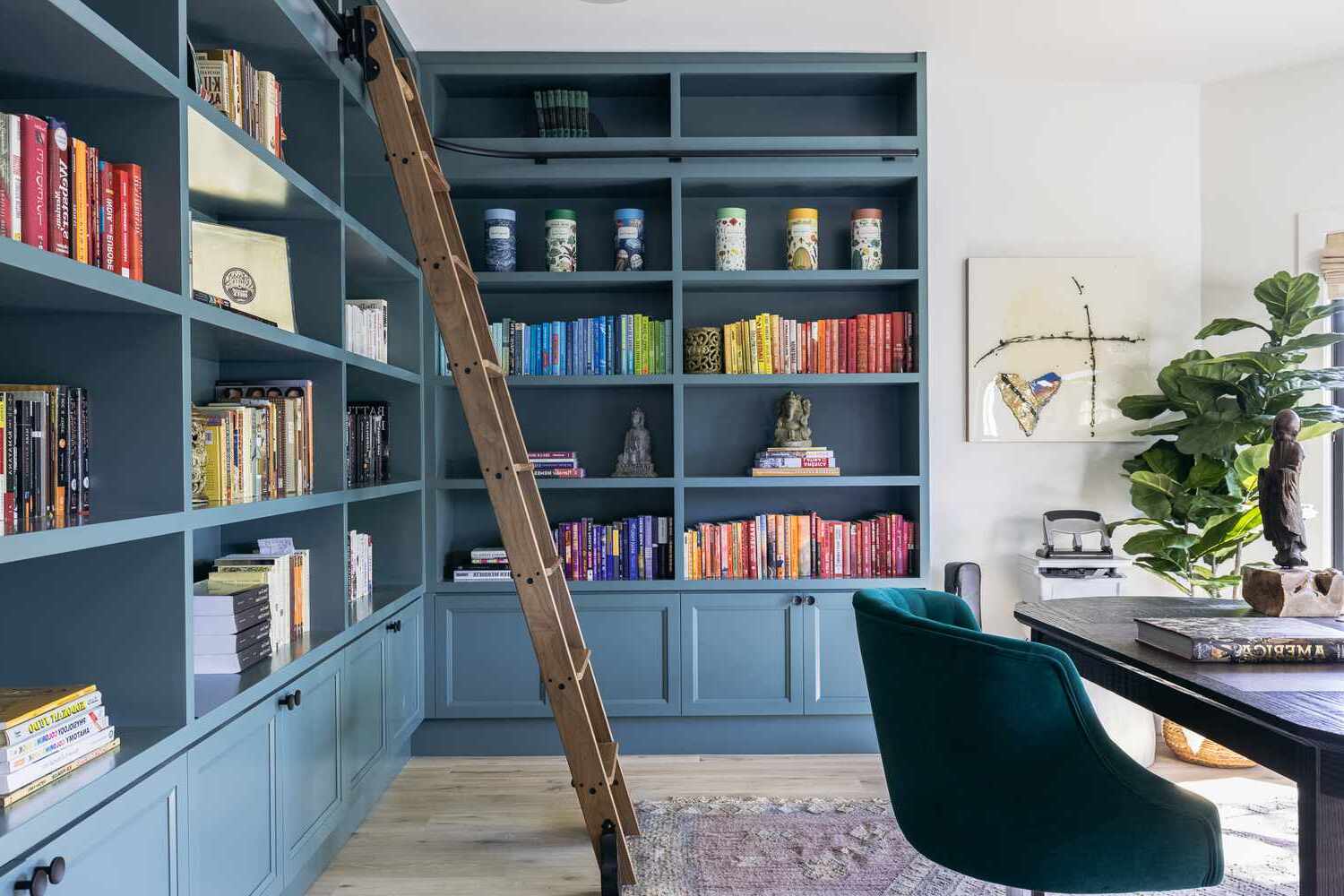

DIY & Crafts
DIY Bookcase: Step-by-Step Guide To Building Your Own
Published: June 12, 2024

Content Creator specializing in woodworking and interior transformations. Caegan's guides motivate readers to undertake their own projects, while his custom furniture adds a personal touch.
Discover how to create your own DIY bookcase with our step-by-step guide. Perfect for DIY & Crafts enthusiasts looking to build their own furniture. Start your project today!
(Many of the links in this article redirect to a specific reviewed product. Your purchase of these products through affiliate links helps to generate commission for Twigandthistle.com, at no extra cost. Learn more)
Introduction
Are you looking to add a personal touch to your home decor? Building your own DIY bookcase can be a rewarding and cost-effective way to showcase your favorite reads and decorative items. In this step-by-step guide, we'll walk you through the process of creating a custom bookcase that fits your space and style. Whether you're a seasoned DIY enthusiast or a beginner looking to take on a new project, this guide will provide you with the knowledge and confidence to tackle this rewarding endeavor. Let's dive in and get started on building your very own bookcase!
Read more: How to Build a Sliding Bookcase Door
Choosing the Right Materials
When embarking on a DIY bookcase project, selecting the right materials is crucial to the success and durability of your creation. Here's a list of materials you'll need to get started:
1. Wood
Choose a sturdy and visually appealing wood for your bookcase. Popular options include pine, oak, or plywood. Consider the overall aesthetic of your space and the weight of the items you plan to store on the shelves when making your selection.
2. Screws and Nails
Invest in high-quality screws and nails to ensure the structural integrity of your bookcase. The size and type of screws and nails will depend on the thickness of the wood you're using and the design of your bookcase.
3. Wood Glue
Using wood glue in conjunction with screws and nails can provide additional strength and stability to your bookcase. Opt for a reliable wood glue that dries clear and is suitable for the type of wood you've chosen.
4. Finishing Materials
Consider how you want to finish your bookcase. Whether you prefer paint, stain, or a clear sealant, make sure to have the appropriate finishing materials on hand to protect and enhance the appearance of the wood.
5. Tools
Gather essential tools such as a saw, drill, measuring tape, level, and sandpaper. Having the right tools at your disposal will make the construction process smoother and more efficient.
By carefully selecting high-quality materials, you can ensure that your DIY bookcase not only looks great but also stands the test of time. Now that you have a clear understanding of the materials needed, let's move on to the next step in the process.
Measuring and Cutting the Wood
Accurate measurements and precise cuts are essential for the successful construction of your DIY bookcase. Here's a detailed breakdown of the measuring and cutting process:
-
Measure Twice, Cut Once: Before making any cuts, carefully measure the dimensions for the sides, shelves, and backing of your bookcase. Use a measuring tape to ensure accuracy, and double-check your measurements to avoid errors.
-
Marking the Wood: Once you have your measurements, use a pencil and a straight edge to mark where you'll make your cuts. Clearly marking the wood will help you stay on track and minimize mistakes during the cutting process.
-
Using the Right Saw: Depending on the type of wood you're working with and the complexity of your design, you may need a circular saw, jigsaw, or table saw to make your cuts. Ensure that the saw blade is suitable for the type and thickness of the wood to achieve clean and precise cuts.
-
Safety First: Always prioritize safety when using power tools. Wear protective gear, such as safety goggles and gloves, and follow the manufacturer's instructions for operating the saw. If you're new to using power tools, consider seeking guidance from a more experienced individual.
-
Cutting the Wood: With your measurements and markings in place, carefully cut the wood according to your specifications. Take your time and maintain a steady hand to achieve straight and accurate cuts.
-
Double-Check the Fit: After cutting each piece of wood, double-check that it fits properly within the bookcase frame. Making any necessary adjustments at this stage will save you time and frustration during the assembly process.
By taking the time to measure accurately and execute precise cuts, you'll set the foundation for a well-constructed DIY bookcase. With the wood cut to the correct dimensions, you're ready to move on to the next phase of assembling the bookcase frame.
Assembling the Bookcase Frame
Now that you have all the wood pieces cut to the correct dimensions, it's time to assemble the frame of your DIY bookcase. Follow these steps to ensure a sturdy and well-constructed frame:
-
Lay Out the Pieces: Begin by laying out the sides, top, bottom, and shelves of the bookcase in the designated assembly area. Organizing the pieces in the order of assembly will help streamline the process.
-
Pre-Drill Holes: To prevent splitting and ensure a secure fit, pre-drill pilot holes for screws or nails where the wood pieces will be joined together. Use a drill bit that matches the size of your fasteners.
-
Attach the Sides: Position the sides of the bookcase vertically and attach the top and bottom pieces to create the basic frame. Use a level to ensure that the sides are perfectly upright and aligned.
-
Secure the Shelves: Place the shelves within the frame at your desired intervals, and secure them in place using screws, nails, and wood glue. Double-check the measurements and use a level to ensure that the shelves are evenly spaced and parallel to the sides.
-
Reinforce the Joints: For added stability, consider reinforcing the joints with corner braces or L-brackets. This extra step can help prevent the frame from wobbling and ensure that it can support the weight of the books and other items you plan to store.
-
Check for Squareness: Before proceeding, check that the frame is square by measuring the diagonals. If the measurements are equal, the frame is square, and you can proceed with confidence.
By following these steps, you'll be well on your way to creating a solid and well-structured bookcase frame. With the frame assembled, the next steps will involve adding the shelves and backing to complete the construction of your DIY bookcase.
Read more: How to DIY Built-In Bookcase Around Window
Adding Shelves and Backing
With the bookcase frame assembled, the next crucial step is to add the shelves and backing to complete the structure. Here's a detailed guide on how to proceed:
-
Positioning the Shelves: Begin by positioning the shelves within the frame at your desired heights. Use a measuring tape and a level to ensure that the shelves are evenly spaced and parallel to the sides of the frame. Mark the locations where the shelves will be attached.
-
Securing the Shelves: Once the positions are marked, secure the shelves in place using screws, nails, and wood glue. Ensure that each shelf is level and securely attached to the sides of the frame. This step is essential for the stability and functionality of your bookcase.
-
Choosing the Backing: Select a suitable material for the backing of your bookcase. Common options include plywood or hardboard. The backing serves to stabilize the structure and prevent items from falling behind the bookcase.
-
Attaching the Backing: Place the selected backing material against the back of the bookcase frame. Secure it in place using nails or screws around the perimeter of the frame. This will provide additional rigidity to the structure and create a finished look for your DIY bookcase.
-
Optional Finishing Touches: If desired, you can further enhance the appearance of the backing by painting or staining it to complement the overall design of the bookcase. This step adds a personalized touch and can tie the entire look of the bookcase together.
By carefully following these steps, you'll successfully add the shelves and backing to your DIY bookcase, bringing it one step closer to completion. With the structure fully assembled, the final phase involves sanding and finishing the bookcase to achieve a polished and professional look.
Sanding and Finishing
After the construction of the bookcase is complete, the next crucial step is to sand and finish the wood to achieve a smooth and polished appearance. Follow these steps to ensure that your DIY bookcase looks professional and visually appealing:
-
Sanding the Wood: Begin by sanding the entire surface of the bookcase using medium-grit sandpaper. This will help smooth out any rough edges, uneven surfaces, or imperfections in the wood. Pay special attention to the corners and edges to ensure a consistent finish.
-
Progress to Fine Sandpaper: Once the initial sanding is complete, switch to fine-grit sandpaper to further refine the surface of the wood. This step will help achieve a silky-smooth texture and prepare the wood for the finishing process.
-
Remove Dust: After sanding, use a clean, dry cloth or a tack cloth to remove any dust and debris from the surface of the wood. This will ensure that the finish adheres smoothly and evenly to the wood.
-
Selecting the Finish: Choose a finish that complements the aesthetic of your space and provides the level of protection you desire for the wood. Options include wood stain for a natural look, paint for a pop of color, or a clear sealant to enhance the wood's natural beauty.
-
Applying the Finish: Using a brush or a clean cloth, apply the chosen finish to the entire surface of the bookcase, following the manufacturer's instructions. Ensure even coverage and pay attention to any drips or excess finish to achieve a professional result.
-
Allow for Drying Time: After applying the finish, allow the bookcase to dry completely according to the recommended drying time specified by the product. This will ensure that the finish sets properly and provides long-lasting protection to the wood.
-
Optional Additional Coats: Depending on the type of finish used, you may opt to apply additional coats for added durability and depth of color. Follow the manufacturer's guidelines for the recommended number of coats and drying times between applications.
-
Final Touches: Once the finish is completely dry, inspect the bookcase for any touch-ups or areas that may require additional attention. Sand lightly between coats if necessary to achieve a smooth and flawless finish.
By following these steps, you'll be able to sand and finish your DIY bookcase to perfection, creating a stunning piece of furniture that adds both functionality and visual appeal to your home.
Conclusion
Congratulations on completing the construction of your DIY bookcase! By following this step-by-step guide, you've gained the knowledge and confidence to create a custom bookcase that perfectly fits your space and style. From choosing the right materials to sanding and finishing the wood, each phase of the process has contributed to the creation of a sturdy, visually appealing, and personalized piece of furniture. Whether you're a seasoned DIY enthusiast or a beginner looking to take on a new project, the satisfaction of building your own bookcase is truly rewarding. Now, it's time to showcase your favorite reads and decorative items on your newly constructed bookcase and enjoy the sense of accomplishment that comes with completing a successful DIY endeavor. Happy reading and happy DIY-ing!

